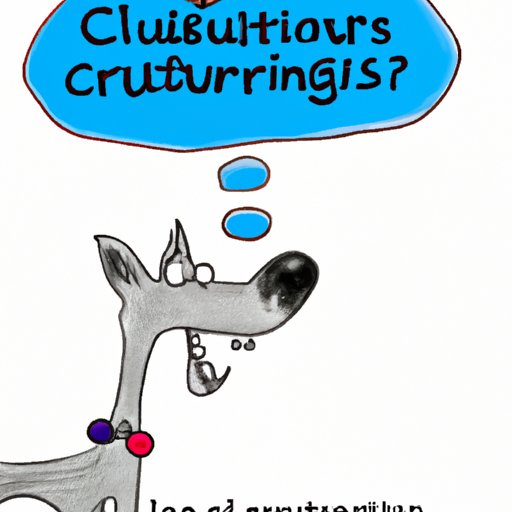As a dog owner, you’ve probably noticed your pet making a chattering or teeth-clicking noise. It’s a common yet puzzling behavior among canines. This article aims to shed light on the reasons why dogs chatter and what it signifies from a behavioral and health perspective.
Table of Contents
- Communication
- Excitement and Anticipation
- Cold Weather
- Oral Health Issues
- Neurological Conditions
- Understanding and Responding to Dog Chattering
Key Takeaways:
- Dog chattering can be a form of communication or denote excitement.
- It can also indicate health issues such as dental problems or neurological conditions.
- Responding appropriately to dog chattering requires understanding the context of the behavior.
Communication
Dogs have a unique and complex system of communication, which includes vocal, visual, and physiological signals. Chattering is one such vocal indicator, often used by dogs to express various emotions and intentions.
If you observe your dog chattering its teeth after sniffing something, it could be trying to process and understand the scent better. This behavior is known as the Flehmen response, a term you might encounter on a pet behavior website.
Excitement and Anticipation
In some cases, dogs chatter their teeth out of sheer excitement or anticipation. This is particularly common before meal times or during play sessions. The chatter is a physical manifestation of their internal excitement and eagerness for the forthcoming event. It’s similar to how humans might tap their feet or hands when they’re excited or anxious.
Cold Weather
Just like us, dogs can chatter their teeth when they’re cold. It’s a natural response to low temperatures that helps generate heat and maintain body temperature. If you notice your dog chattering its teeth during winter or in a cold environment, it’s time to get your furry friend a warm coat or a blanket.
Oral Health Issues
Sometimes, dogs chatter their teeth due to oral health issues. Dental problems can lead to discomfort and pain, causing the dog to chatter its teeth. The issues could range from gingivitis and periodontal disease to tooth abscesses and oral tumors.
It’s crucial to regularly check your dog’s oral health and seek veterinary help if you notice persistent chattering. Here’s a helpful guide on canine dental health to get you started.
Neurological Conditions
In rare cases, dog chattering might indicate a neurological condition such as canine distemper or seizures. If your dog’s chattering is accompanied by other symptoms like muscle tremors, lack of coordination, or changes in behavior, you should consult a veterinarian immediately.
Understanding and Responding to Dog Chattering
Understanding why your dog is chattering its teeth requires observing the circumstances around the behavior. Is it excited about a treat? Is it cold? Or does it seem to be in pain? Once you figure out the cause, you can respond accordingly – whether that’s providing warmth, addressing oral health issues, or seeking professional help.
Frequently Asked Questions
-
Is dog chattering a sign of aggression?
While it can be in certain contexts, not all chattering is aggressive. It’s essential to consider the overall body language and situation. -
Should I be worried if my dog is chattering its teeth?
It depends on the context. If your dog is chattering its teeth due to excitement or cold, it’s normal. However, if the chattering is persistent or accompanied by other symptoms, it could indicate health issues. -
How can I prevent my dog from chattering its teeth?
Ensuring good oral health, providing warmth in cold weather, and managing excitement can help prevent unnecessary chattering.
In conclusion, dog chattering is a nuanced behavior that can signify various emotions and conditions. Paying attention to your dog’s signals and responding with care and understanding can enhance your bond with your furry friend.



